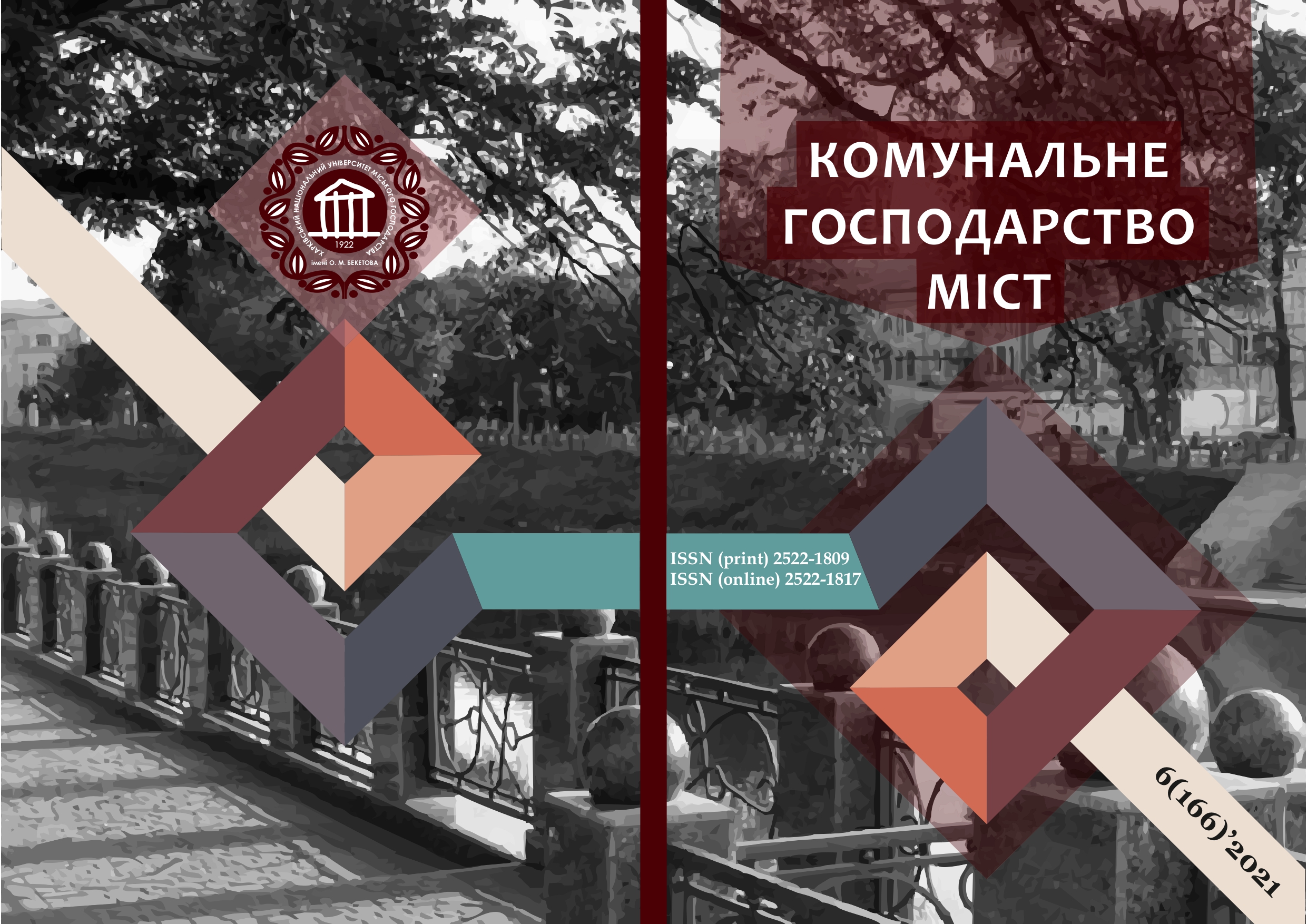ACTUAL PROBLEMS OF MARITIME SAFETY AND MODERN WAYS OF ENSURING THE SHIP SECURITY
Array
Keywords:
vessel safety, port security, maritime transport.Abstract
Maritime security in recent decades has always been a separate issue, one that has been acute for both shipowners and crews of seagoing vessels. It has been marked by periods of relative stability and periods of emerging and growing threats, from the days of the sailing fleet to the era of ironclad steam shipbuilding. Certainly, it is difficult to overestimate the significant role of the scientific community, which has long investigated this problem, revealing its theoretical and practical sides. The professional experience of maritime industry specialists has also sufficiently served to ensure that systematic interest in the issue has provided the basis for the development of strategies and integrated approaches that ensure the safety of vessels and crews at modern levels. Without the latest advances in maritime safety, shipping, as an industry, would not be able to achieve the current level of reliability in ensuring shipboard processes. Every generation of mankind has prioritized maritime safety, contributing to improving its standards and stressing the importance of continuous development of the theoretical framework. At least more than twenty million tons of cargo and more than five hundred thousand passengers move daily by water transport, so the concept of maritime safety extends not only to the safety of life at sea, the safety of vessels and the safety of cargo, but also to the prevention of maritime accidents and pollution. The increasing share of maritime and river transport in international freight and passenger traffic has led to the need for increased maritime safety requirements due to the technical upgrading of maritime transport. This process is based on the principles of current control over the process of vessel operation and prompt acquisition of necessary data and relevant information during the voyage, anticipated route and control over the state of work parameters of technical means of the vessel, but the key aspect of safety is assessment of existing threats and development of ways and methods of ensuring vessel safety.
References
2. Korovin, A. (2007). Ensuring safe operation of the tanker fleet in the continental shelf areas of the Arctic seas. Bulletin of the Kamchatka State Technical University, 6, 54-56. [in Russian]
3. European Maritime Safety Agency (EMSA). Preliminary annual review of maritime casualties and incidents for 2014– 2020. URL: http://www.emsa.europa.eu/publications.html
4. Safety at sea. (2019). URL: https://safety4sea.com/23073-maritime-casualties-and-incidents-reported-in-2019
5. Yarochkin, V.I. (2004). Information security. Textbook for students. Moscow, Academic Project, Gaudeamus, 2nd ed.
6. Conceptual model of information security. URL: https://sivcomsks.com/kontseptualnaya-model-informatsionnoy-bezopasnosti/ (Accessed 15.11.21) [in Russian]
7. Melnyk, O., Bychkovsky, Yu. (2021). Modern Methodology of Estimation of Ship's Safety Level and Ways of its Improvement. Transport Development, 2(9), 37–46. DOI: https://doi.org/10.33082/td.2021.2-9.03 [in Ukrainian]
8. Onyshchenko, S., Melnyk, O. (2020). Modelling of changes in vessel operational condition during transportation of oversized and heavy cargoes. Technological audit and production reserves, 6/2(56), 66–70. DOI: https://doi.org/10.15587/2706-5448.2020.221653
9. Onyshchenko S., Shibaev O., Melnyk O. Assessment of potentially negative influence of a system of factors on a vessel's operational condition in transportation of oversized and heavy cargo. Transactions on Maritime Science. - 2021. - 10(1), pp. 126-134. DOI: https://doi.org/10.7225/toms.v10.n01.009
10. Melnyk, O., Bychkovsky, Yu. (2021). Risk Assessment as an Element of Ship Operation Safety. Proceedings of International Scientific and Practical Conference "Science, Education, Society in the Conditions of Globalization", 6 June 2021, 44–47. [in Ukrainian]
11. Melnyk, O., Onyshchenko, S., Voloshyn, A., Koryakin, K., Burlachenko, D. (2021). Analysis of world fleet accidents and ways to reduce it. Proceedings of II International Conference “Traditional and Innovative Approaches to Scientific Research”, 10 Sept. 2021, 115–117. [in Ukrainian]
12. Seaport security: how to choose the right technology? Worldvision. URL: https://worldvision.com.ua/ru/articles/obespechenie-bezopasnosti-v-morskih-portah-kak-vibrat-pravilnuyu-tehnologiyu (Accessed 20.11.21). [in Russian]
13. International convention for the safety of life at sea – 1974. (SOLAS-74). URL: https://docs.cntd.ru/document/901765675 (Accessed 15.11.21). [in Russian]
14. International ship and port facility security code. URL: https://ips.ligazakon.net/document/MU02257 (Accessed 15.11.21). [in Ukrainian]
15. Büger, K. (2015). What is maritime security? Maritime Policy, 53, 159–164. DOI: https://doi.org/10.1016/j.marpol.2014.12.005
16. Melnyk, O.M., Okulov, V.I., Pulyaev, I.O., Melnyk, O.M. (2020). Zakhoplennya zaruchnikiv. Logos. Online, 15, 1–7. [in Ukrainian]
Downloads
Published
How to Cite
Issue
Section
License
The authors who publish in this collection agree with the following terms:
• The authors reserve the right to authorship of their work and give the magazine the right to first publish this work under the terms of license CC BY-NC-ND 4.0 (with the Designation of Authorship - Non-Commercial - Without Derivatives 4.0 International), which allows others to freely distribute the published work with a mandatory reference to the authors of the original work and the first publication of the work in this magazine.
• Authors have the right to make independent extra-exclusive work agreements in the form in which they were published by this magazine (for example, posting work in an electronic repository of an institution or publishing as part of a monograph), provided that the link to the first publication of the work in this journal is maintained. .
• Journal policy allows and encourages the publication of manuscripts on the Internet (for example, in institutions' repositories or on personal websites), both before the publication of this manuscript and during its editorial work, as it contributes to the emergence of productive scientific discussion and positively affects the efficiency and dynamics of the citation of the published work (see The Effect of Open Access).

